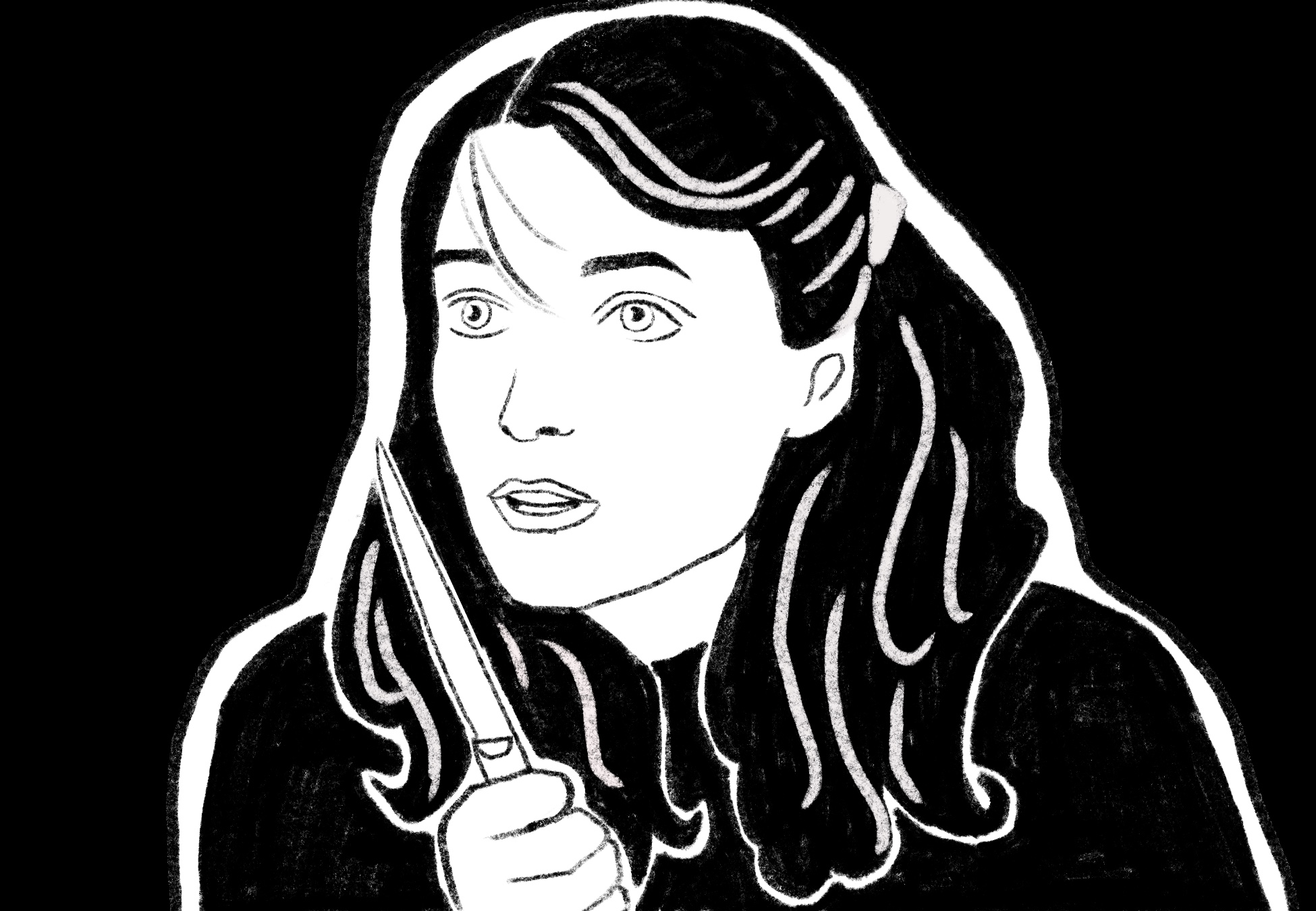If you’ve spent any time on the internet the past few weeks, you know about Animal Crossing: New Horizons. It’s taken over my Twitter feed and my friends can’t seem to stop posting about it. It’s the fastest selling Switch game ever. But is a laid-back island life simulator really worth all this hype? Or are we all captivated by it just because we’re stuck inside due to quarantine? Either way, New Horizons has bombarded its way into our lives, and it’s a beautiful thing.
You start the game out by moving to a “deserted” island, living in a tent and gathering tree branches to make tools. After about a week of playing, I’ve built a museum, general store, and a clothing shop. I’ve added infrastructure, built a campsite and invited four other islanders to be my neighbors. It really feels like I’ve built this island from the ground up into a small community.
If Animal Crossing is good at anything, it’s making you feel like you’ve accomplished something. Whenever you add a new structure or feature, you’re given the option to hold a ceremony celebrating it. The game even prompts you to press the screenshot button on your Switch to savor the moment. In a strange time of quarantined isolation, New Horizons has created an online community where everyone from everywhere can feel welcome and comforted. It’s hard to say if New Horizons‘ massive popularity has staying power, but it’s certainly helping thousands of players through the solitary life that is quarantine.
A huge part of New Horizons’ core gameplay is flying to other islands, and having friends visit yours. Playing with friends is now way easier than ever, as all you have to do is open your village gate to allow friends to fly over from their island, and vice versa. Each player starts with a different kind of fruit, and exchanging these native items is a rewarding experience with friends. If no one you know has the game, there are huge communities on Twitter or Reddit that are more than happy to assist new players. The introduction of “Nook Miles” is a great way to make progress simply by playing the game. Players are rewarded with points for doing things such as harvesting fruit or catching fish or bugs, and can redeem these points for new items, more inventory space, or even new haircut styles. While the communication features have been much improved on since previous titles (the in-game smartphone is a nice touch) some of the new features haven’t quite hit home with everyone.
The introduction of item durability in New Horizons has frustrated many returning players. There’s nothing worse than hitting that sweet money rock and then having your shovel break on the first hit. The dialogue can also be monotonous at times. Reading the same four text pages from Blathers every time you want to donate something to the museum is annoying. That being said, the museum is much more expansive and interactive than previous iterations of the game. Crafting items is a fun experience, but having to craft the flimsy version of a tool to craft the durable version gets old fast. Overall, these are minor hiccups in an otherwise peaceful and satisfying experience.
People that are just now buying the game may feel “late to the party,” but that’s the beautiful thing about New Horizons: it’s a game designed to be played at whatever pace the player decides. The game plays in real time, so you’re naturally set to only do a certain amount of things each day. If you want to get to the later points in the game early and unlock features quickly, all you need to do is timeskip by adjusting the time/date settings on your Switch. The only drawback here is that the game counts it as normal time passing, so weeds will grow, residents will move in/out, etc. The only time this doesn’t work is for holiday events, such as the Bunny Day event that recently ended (thank goodness).
Whether you’re a time-skipping utopia builder, luxury clothing designer or a casual ten minutes a day player, Animal Crossing: New Horizons provides a cute yet complex and inviting world for you to escape to. I give it 8.2 iron nuggets out of 10.
Main illustration by Greer Siegel





